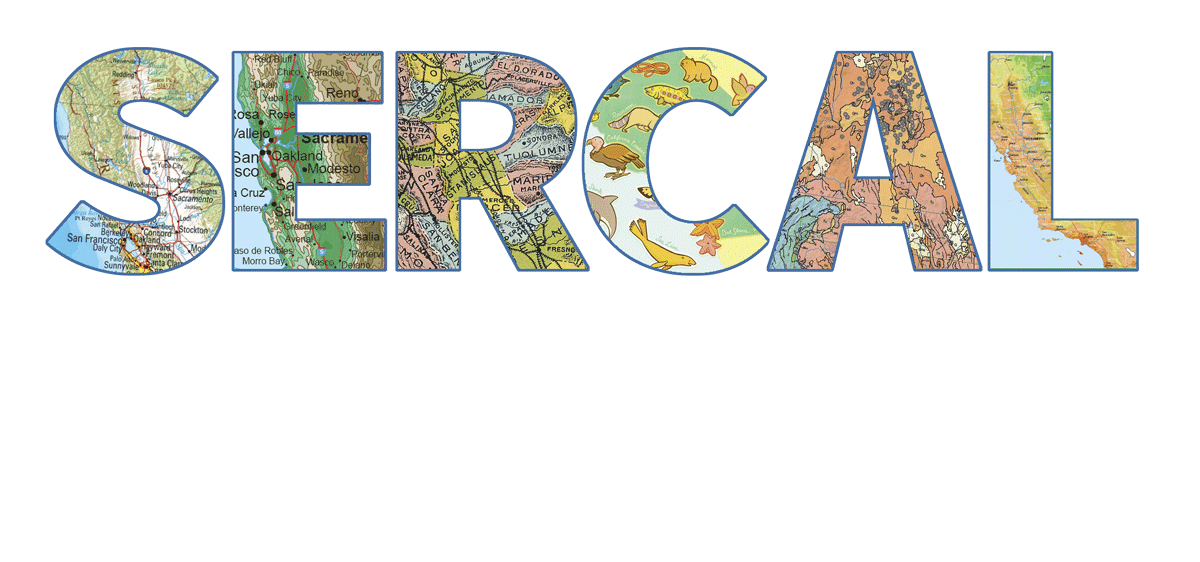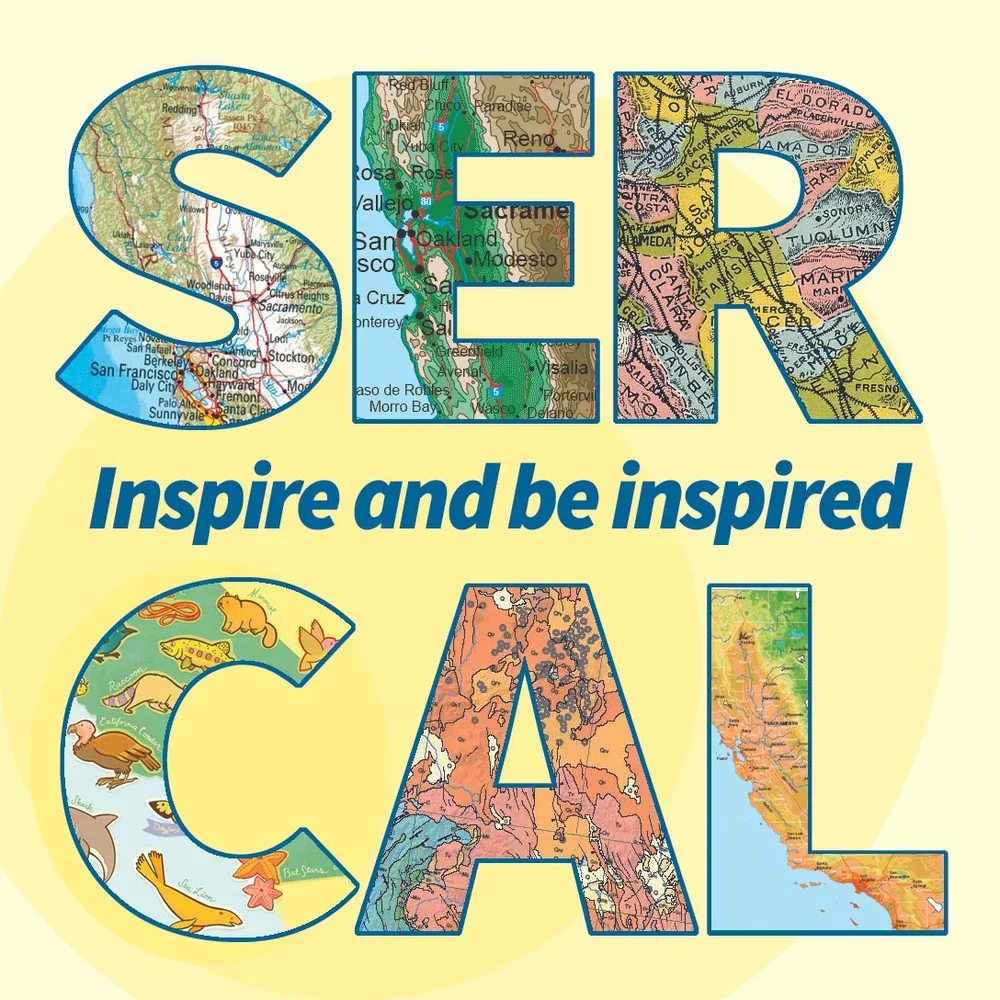Abstracts must be submitted via our online form FOR all Technical and poster presentations
Abstracts Matter! Be informative, concise, and follow these guidelines
Technical Session Presenters should typically plan on a 15-minute turnaround. There will be a Q&A panel at the end of each session. We will send you a link 2-3 weeks before the conference for uploading your powerpoint presentation and bio.
Poster Presenters should plan on a one-minute “elevator speech” style intro for people who stop by your poster, and of course to answer their questions and comments. More details here!
The Finer Details: Abstracts
The following (indented) examples are from a well-crafted abstract, in fact an abstract for the award-winning poster at our 2019 Conference in Santa Barbara:
Title: Clearly summarize your presentation in 10 key words or less.
Climate change vulnerability assessment of island oak (Quercus tomentella)
Author(s): Include your affiliation and the best means of contacting you for further information. In the case of multiple authors, designate the presenter with an asterisk (*) after their name and use superscript numbers to identify each author’s affiliation and contact information.
Sofie McComb (smccomb@bren.ucsb.edu), Claire Powers (lcpowers@ucsb.edu)*, Jazmine Uy (juy@bren.ucsb.edu), Alyssa Winchell (awinchell@bren.ucsb.edu), Laura Wolf (lwolf@bren.ucsb.edu)
Content: Concentrate on results and conclusions using 250 words max. Should fit within a technical session theme.
Island oak (Quercus tomentella) is a rare oak species endemic to six islands in the California Island Archipelago (CAIA). Over a century of farming and grazing on the islands degraded core habitat and reduced island oak seedling recruitment. The species was listed as endangered by the IUCN in 2016. Most historical threats have been removed, though island oak regeneration is still restricted and there is concern that impending climate change poses an additional threat that may ultimately lead to extinction. Spatially-constrained, if the island oak’s range shifts or further deteriorates, alternative options are limited. We used MaxEnt, a species distribution model, to identify island oak’s bioclimatic niche on Santa Cruz, Santa Rosa, and Santa Catalina Islands and then predicted where that niche would exist through the end of the century, under four climate change scenarios. Model outputs supported three main findings: (1) Island oak’s predicted bioclimatic niche was largely driven by soil moisture availability; (2) Santa Rosa Island had the most predicted suitable habitat under each climate change scenario, while predicted suitable habitat on Santa Cruz and Santa Catalina Islands was minimal; and (3) the bioclimatic habitat occupied by island oak varies substantially between the three islands studied. Improvements in life history information, legacy grazing patterns, and more finely downscaled climate data would substantially increase model validity. Research should focus on identifying mechanisms driving the variation in habitat occupied on each island, while restoration should prioritize habitat augmentation and seedling recruitment, to increase island oak’s resiliency to climate change.
Spellcheck: Remember, your abstract in the conference program should be your best foot forward — other attendees will be deciding between two other presentations.
Poster Presentations: read this please!
The finest professional and student posters presentations follow these guidelines…
1. Submit your abstract following the abstract guidelines (as outlined above)
Tip: Make sure your poster reflects and supports the conference theme and/or any of the technical sessions.
2. Prepare your poster well before the conference. Get feedback.
Format: No larger than 3 feet by 4 feet. SERCAL will provide the easels and 3 x 4 backing so that your poster will present well.
Content: Key concepts should be easy to read from 4 to 5 feet away. Use images and graphs — with explanatory captions — to convey important findings/results.
Organization: Text and images should be arranged clearly and logically. Numbers/arrows can be helpful.
Edit! Less is More: Use more white space and less words (or competing images) to emphasize key points.
3. Space and time dedicated to presenting your poster!
Choice of easel location will be on a first-come/first-served basis; all posters should be on display by the first morning break. Posters will be featured in a poster reception and display will continue until conference closure.

